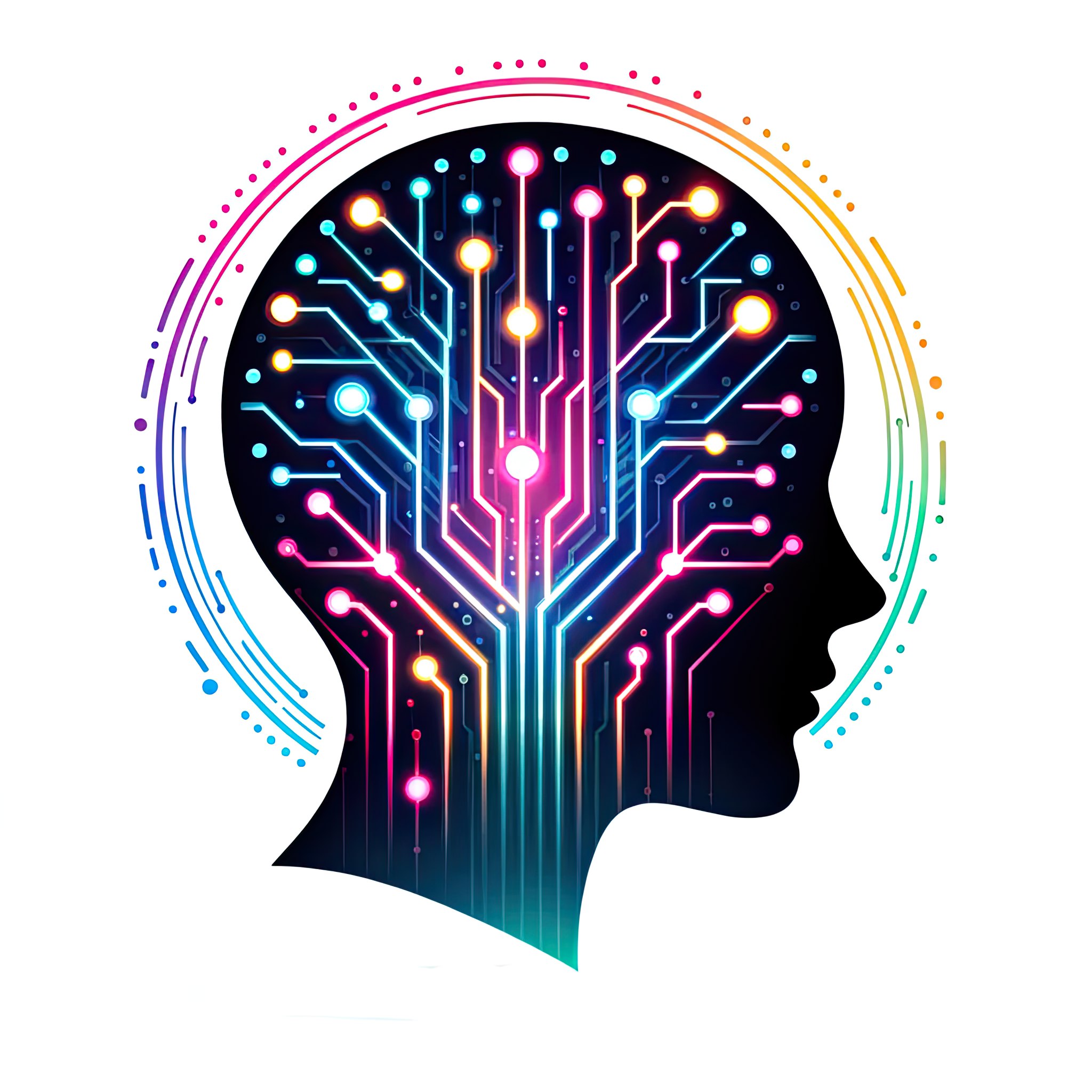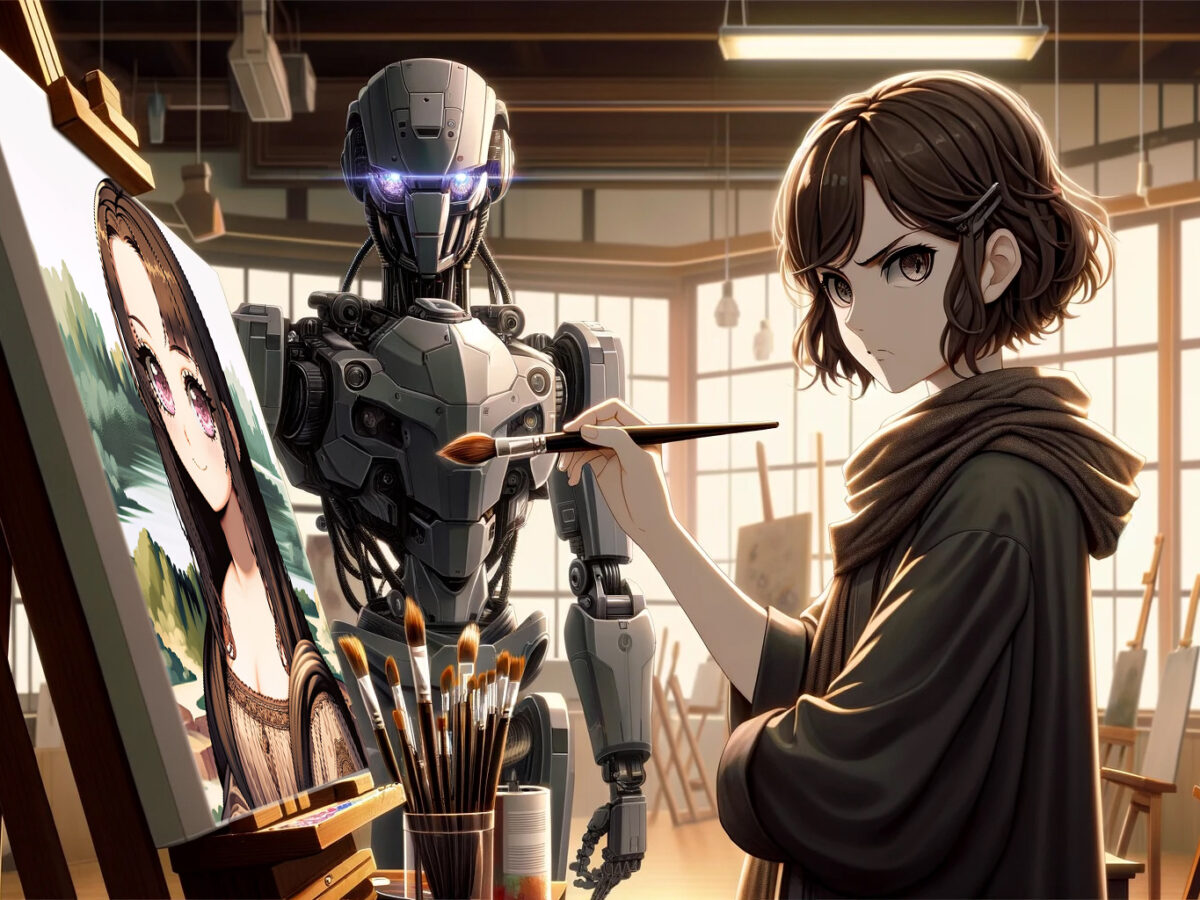In recent times, the digital art world has been at the heart of a spirited debate surrounding the ethics and implications of generative AI in artistic creation. At the core of this discussion are the groundbreaking AI technologies that have the power to create compelling artworks based on vast datasets of existing art. This has raised concerns among traditional digital artists about copyright infringement, originality, and the future of human creativity in the arts. Despite these concerns, a nuanced perspective reveals that generative AI is not about diminishing the value of human artistry but rather expanding the canvas of creativity in unprecedented ways.
Nightshade, a tool developed by researchers, has been introduced as a method for artists to “poison” their digital artworks to protect against unauthorized use by generative AI systems. By subtly altering images in ways that are undetectable to the human eye, Nightshade aims to introduce inaccuracies into AI models trained on these images, thereby challenging the notion of AI models indiscriminately scraping and utilizing internet-available artworks. The creators of Nightshade and its sister tool, Glaze, present these technologies as defenses against the unconsented use of artists’ works, highlighting a broader call for ethical standards and respect for artists’ rights in the digital age.
The contention arises from the fear that generative AI might cannibalize the authentic voice of human creatives, as illustrated by artist Kelly McKernan’s use of Nightshade on their artwork. McKernan’s experience of seeing their work replicated by AI without consent reflects a broader apprehension among artists about losing control over their creations and the unique expressions they offer. Despite these valid concerns, it’s crucial to recognize that generative AI’s capabilities are not inherently about plagiarism or devaluing human effort but rather about exploring new artistic horizons enabled by technology.
Ethical discussions surrounding tools like Nightshade underline the importance of consent and collaboration between AI developers and the artistic community. By enabling artists to opt out or protect their works, platforms can foster a more harmonious coexistence between human creativity and AI innovation. Moreover, the ongoing evolution of AI technology calls for continuous dialogue and the development of mutually beneficial frameworks that respect both artistic integrity and technological advancement.
In essence, generative AI represents a new frontier in artistic creation, offering both challenges and opportunities for the art world. Rather than viewing AI as a threat to human creativity, it can be seen as a catalyst for expanding the boundaries of what is possible in art. The key lies in ensuring that this technological evolution proceeds in a way that respects and incorporates the invaluable contributions of human artists, fostering an environment where technology and tradition enrich each other. As the debate continues, it’s clear that the path forward should be paved with respect for artistic rights, ongoing collaboration, and a shared vision of a future where art transcends its traditional limits through the harmonious integration of human and artificial creativity.
All images and all text in this blog were created by artificial intelligences

